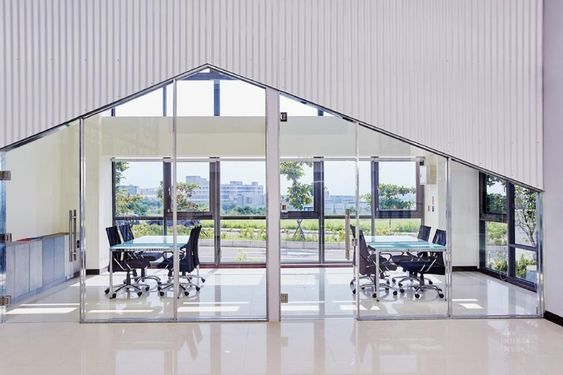
Taiwan is dominated by small and medium-sized enterprises (SMEs), of which manufacturing is the most numerous, and many manufacturing industries have become the invisible champions of Taiwan's economy, and the hard foundation of the industry has become the driving force behind the upgrading of Taiwan's SMEs.
Manufacturing industry usually uses factory as a working environment, this article will share with you how to design a factory office that combines functionality and comfort, so that the factory space can also enhance the happiness of employees and take into account the needs of the production line.
The design of a factory office is a challenging task that requires ensuring work efficiency and safety while creating a comfortable and humanized working environment to enhance employee productivity and satisfaction. Therefore, a successful office design should be a blend of functionality and comfort, taking into account the needs of both production and employees.
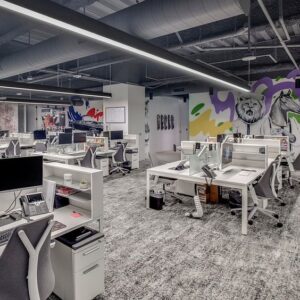
Functionality means that the office can meet the various equipment and facilities required for work, so that the production progress can be carried out efficiently; and comfort means that the office can bring a good working experience to the employees. A good office environment can enhance the motivation and happiness of employees, thereby increasing their loyalty and commitment to the company. In the factory office design can be used in natural light, green plants, reasonable air-conditioning temperature and other comfort factors, in order to create a healthy, comfortable working atmosphere. In addition, designers can also customize the rest area according to the needs and preferences of employees, so that employees have a space to relax in the busy work.
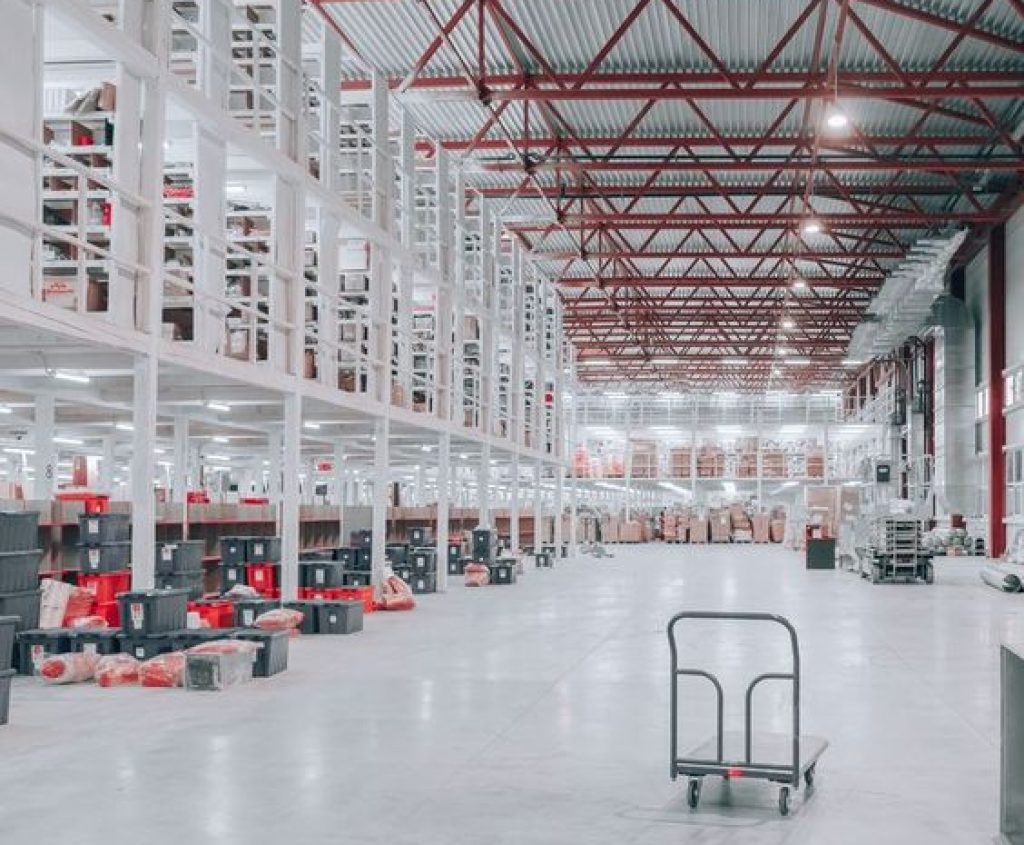
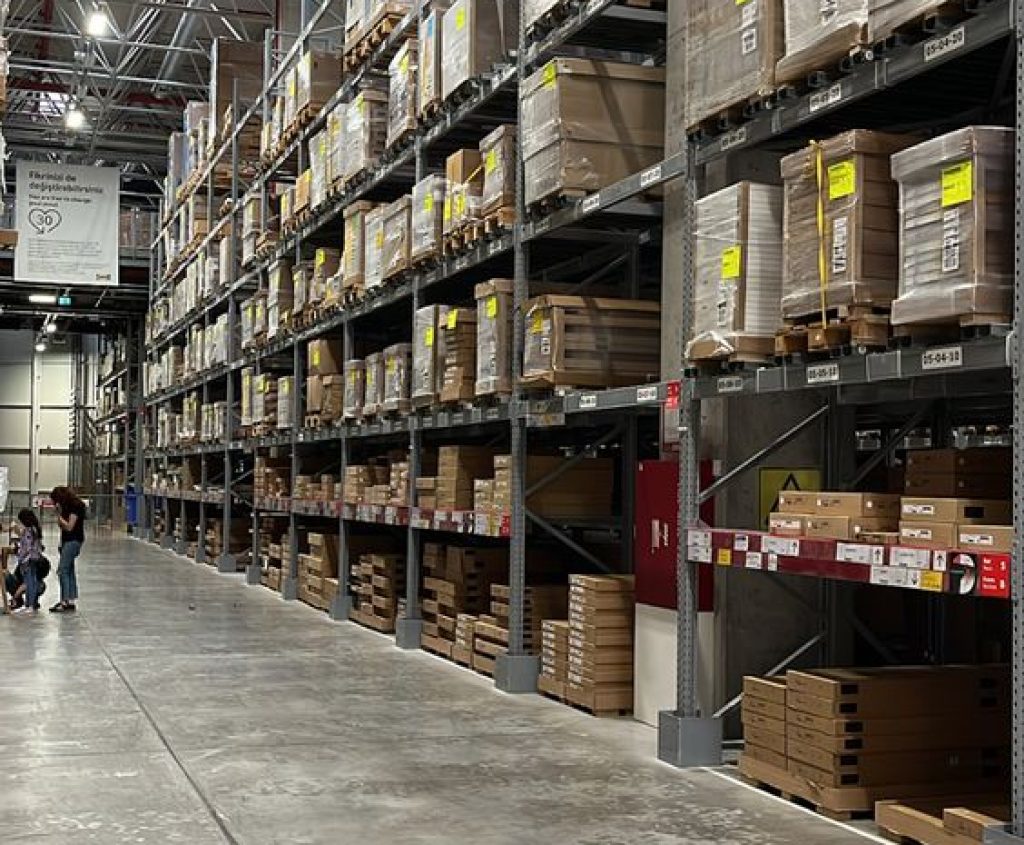
Reliable network connections, modern appliances, good ventilation, and a space layout that keeps facilities and goods organized. However, it is not easy to balance functionality and comfort in the design. On the one hand, factory space may limit the choice and freedom of layout; on the other hand, elements that meet the comfort of employees may sometimes sacrifice a certain degree of functionality. Therefore, it is necessary to consider various factors during the design process and make the best choice by weighing the trade-offs.
In terms of flexible space planning, designers should take into account the different needs of different departments or teams and utilize the space layout wisely to achieve the best workflow. For example, clustering similar functions or tasks together can improve operational efficiency. In addition, multifunctional areas can be set up to meet diverse work needs. Secondly, the rational use of filing cabinets, bookshelves and other storage furniture in storage solutions can save more space and keep the area around the desk neat and organized.
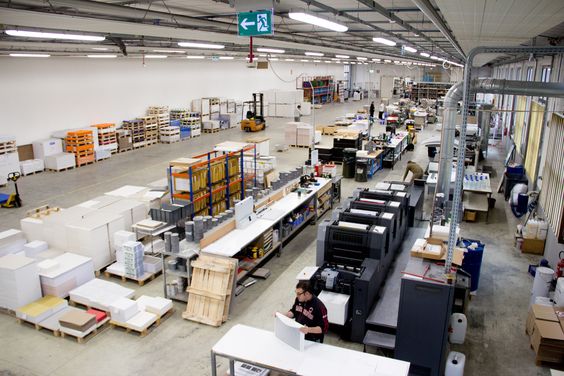
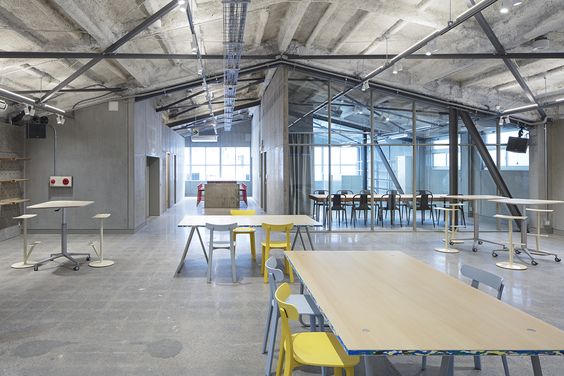
Ventilation and lighting are also important factors that should not be overlooked. Installation of ventilation can keep the air circulating in the room and prevent employees from getting tired or bored due to the heat and stuffiness. At the same time, adequate natural lighting can also improve the efficiency and concentration of employees. Good air quality is also important for improving work efficiency and employee satisfaction. Consideration should be given at the design stage to minimize the production of toxic substances and odors, and effective measures should be taken to filter airborne pollutants. Regular cleaning and maintenance of the air conditioning system is also essential.
With the development of society and technological progress, people's demand for environmental protection and sustainability is getting higher and higher. Therefore, when designing factory offices, apart from considering functionality and comfort, we should also focus on environmental protection and sustainability. In the selection of building materials for factory offices, priority should be given to the use of green and environmentally friendly materials. For example, recyclable materials or wood from sustainable forestry can be used. At the same time, designers need to consider the impact of building materials on energy consumption and pollutant emissions. In the design of air-conditioning systems, energy-saving cooling fans and other low-energy-consuming equipment can be used, and natural ventilation openings and daylight windows can be added to reduce reliance on air-conditioning systems.
For the power system, solar panels can be used as the main source of energy supply, while power consumption can also be reduced through energy-saving lighting equipment and sensor-activated switches. In addition, in terms of garbage disposal, recycling bins can be set up in the factory office to collect recyclable materials such as paper, plastic and glass.
# Plant Design # Space Planning # Staff Restroom # Cargo

Project Development l Interior Design
We're here to inspire your workplace.